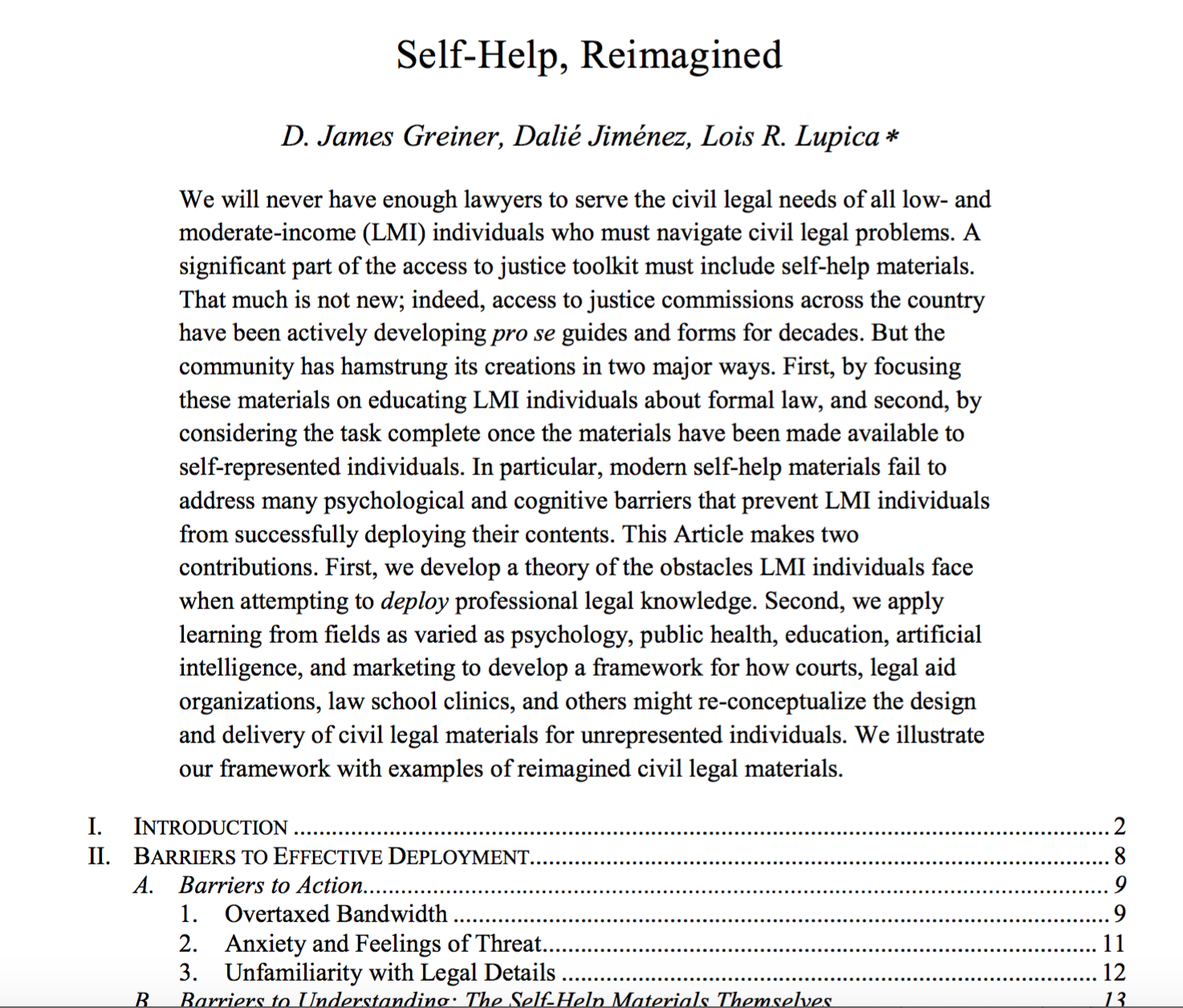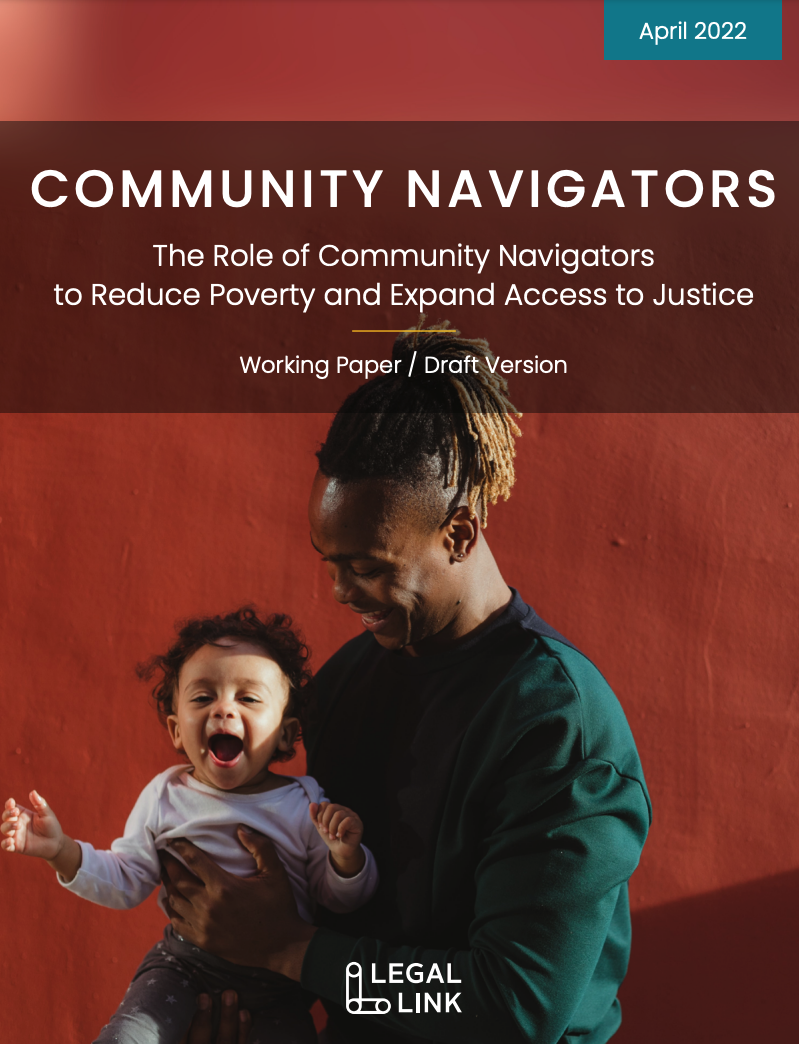I am compiling a bibliography of research on how different types of lay people use the Internet & other tech tools to address their legal problems. A great deal of work is coming out of the UK, particularly from researcher Catrina Denvir.
This is an April 2014 article in Cambridge University Press’ Ageing and Society journal, entitled “Portal or pot hole? Exploring how older people use the ‘information superhighway’ for advice relating to problems with a legal dimension”, by Catrina Denvir, Nigel J. Balmer, and Pascoe Pleasance.
Its abstract:
As an increasing number of Government services have moved away from traditional modes of provision to online formats, there has been a corresponding need to ensure greater access to the internet. Although older people (those over 60) are least likely of all age groups to have access to the internet in their homes, the internet holds much potential as an information and advice resource for those older people who may find it difficult to access advice over the telephone or in person. Realising this potential extends beyond issues of physical access; consideration must necessarily be given to issues of internet literacy and the inclination of this cohort to utilise what may be new and unfamiliar technology.
This paper examines these matters in the context of the resolution of everyday problems with a legal dimension. Looking first at the use of the internet for information and advice seeking related to such problems, we find that those aged over 60 demonstrate the least use of the internet for problems with a legal dimension. Simultaneously, those aged over 60 are also the group with the lowest level of home access – a particular issue given that for over 60-year-olds, home access is a far stronger determinant of internet use for problems than it is for other age groups. Examining use of the internet for advice seeking over the last decade, findings demonstrate the existence of a general increase in use amongst all age groups over time, albeit with a lower rate of growth amongst those currently over 60. As an indication of future growth, this will have implications for the provision of services.
Whilst the ‘young old’ will utilise the internet to a greater degree and will require websites which are tailored to their needs, those individuals at the older end of the age spectrum may best be served by continued access to face-to-face or outreach advice. The implications these findings pose for policy makers in setting priorities in the remit of online service provision are discussed, with results having particular relevance in England and Wales given planned changes to civil legal aid.



